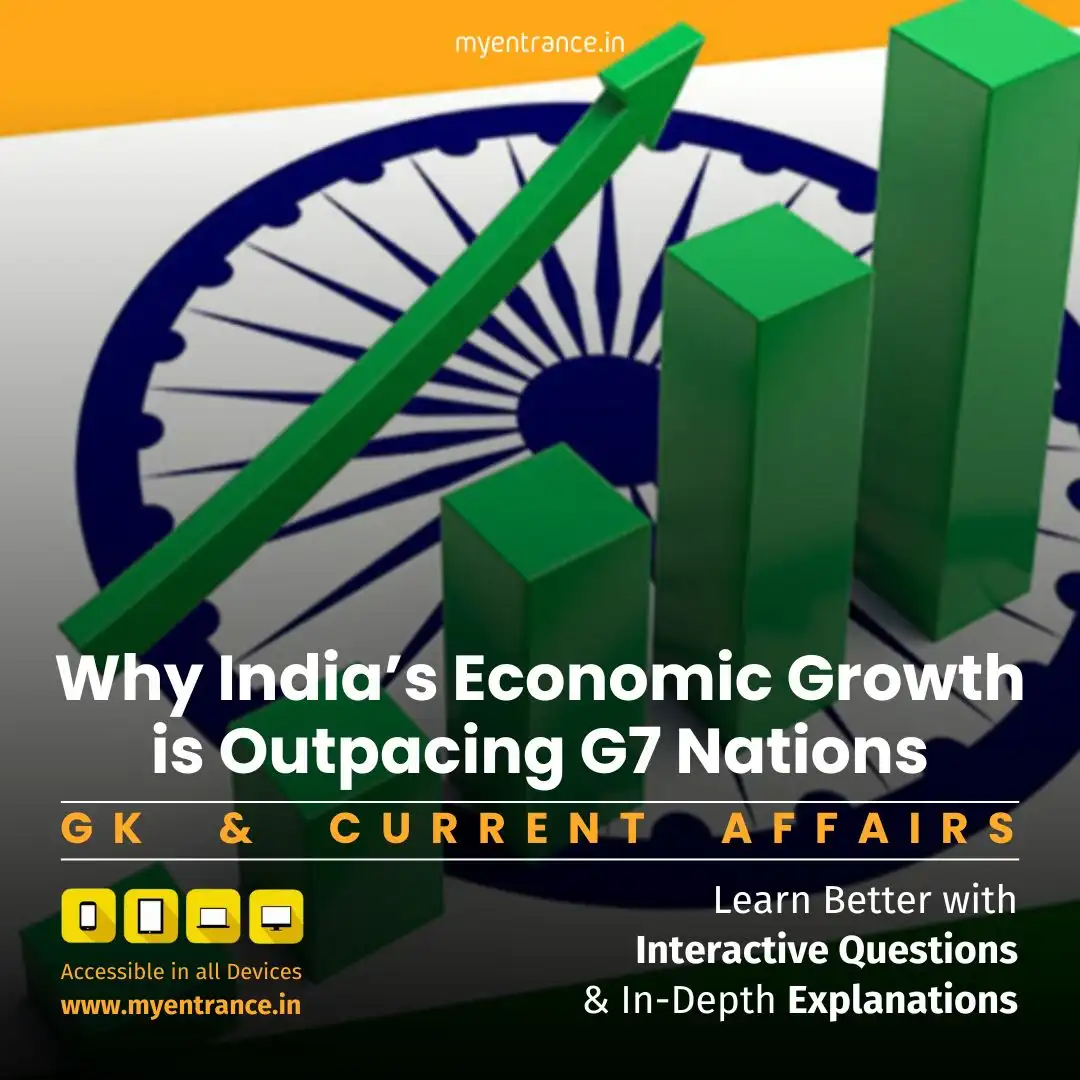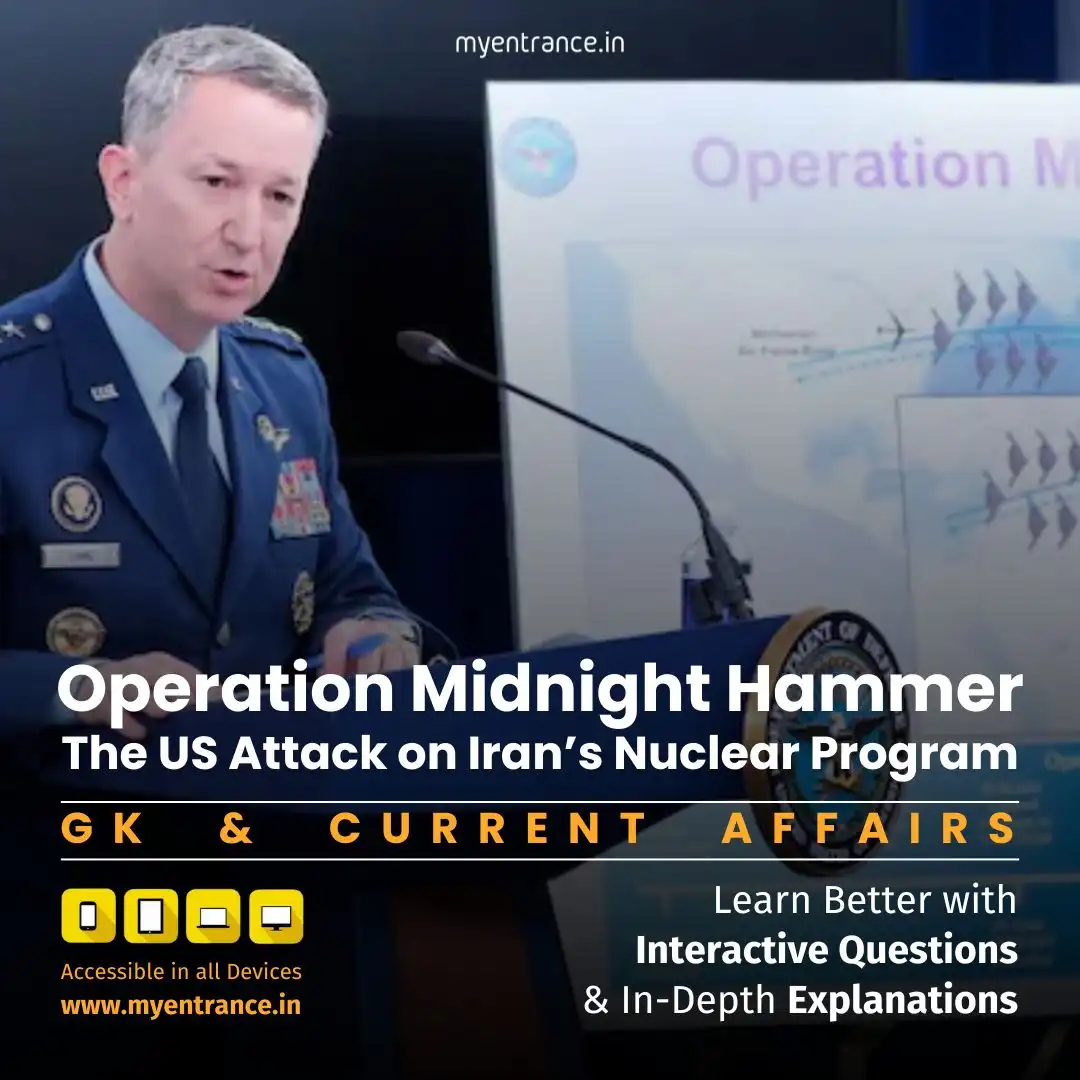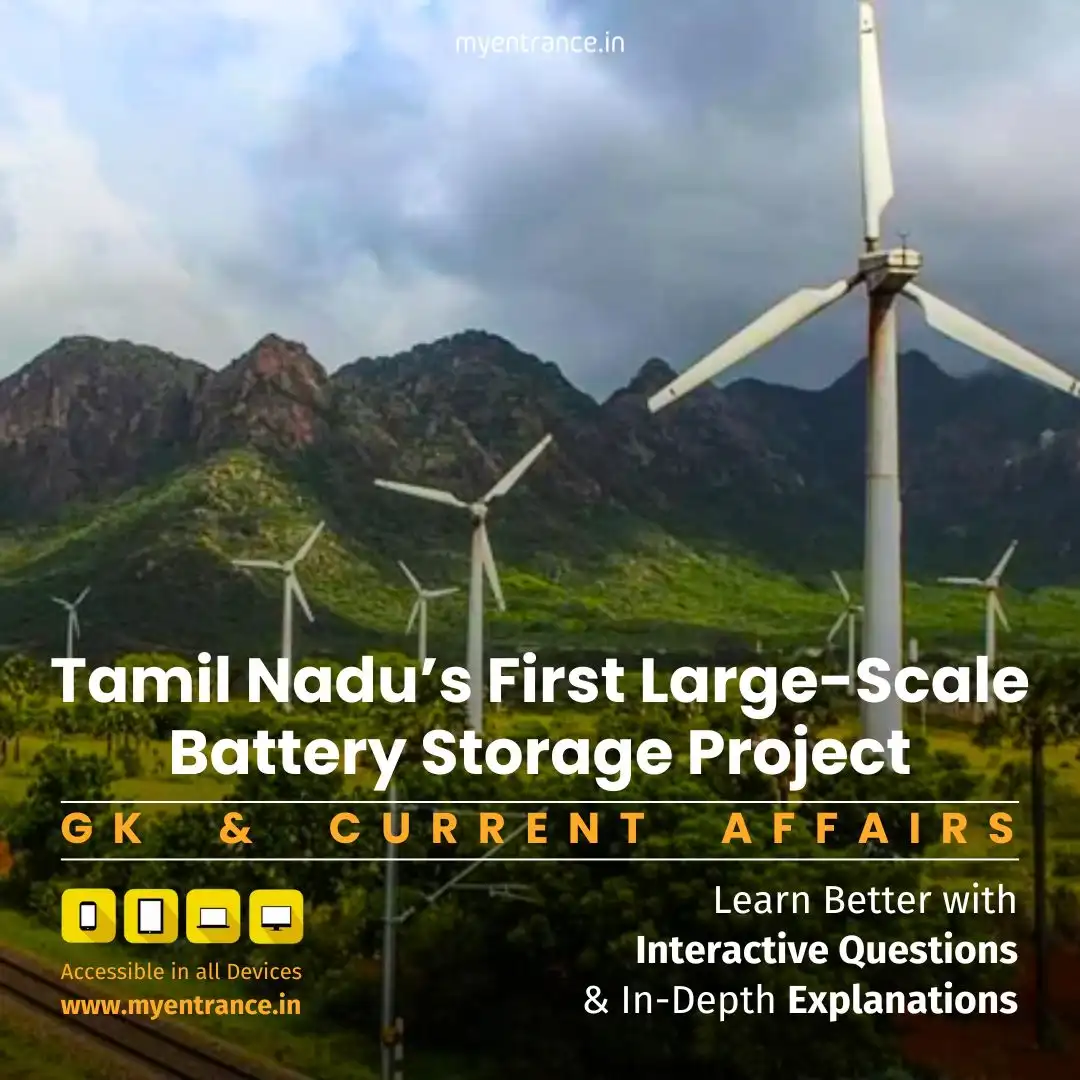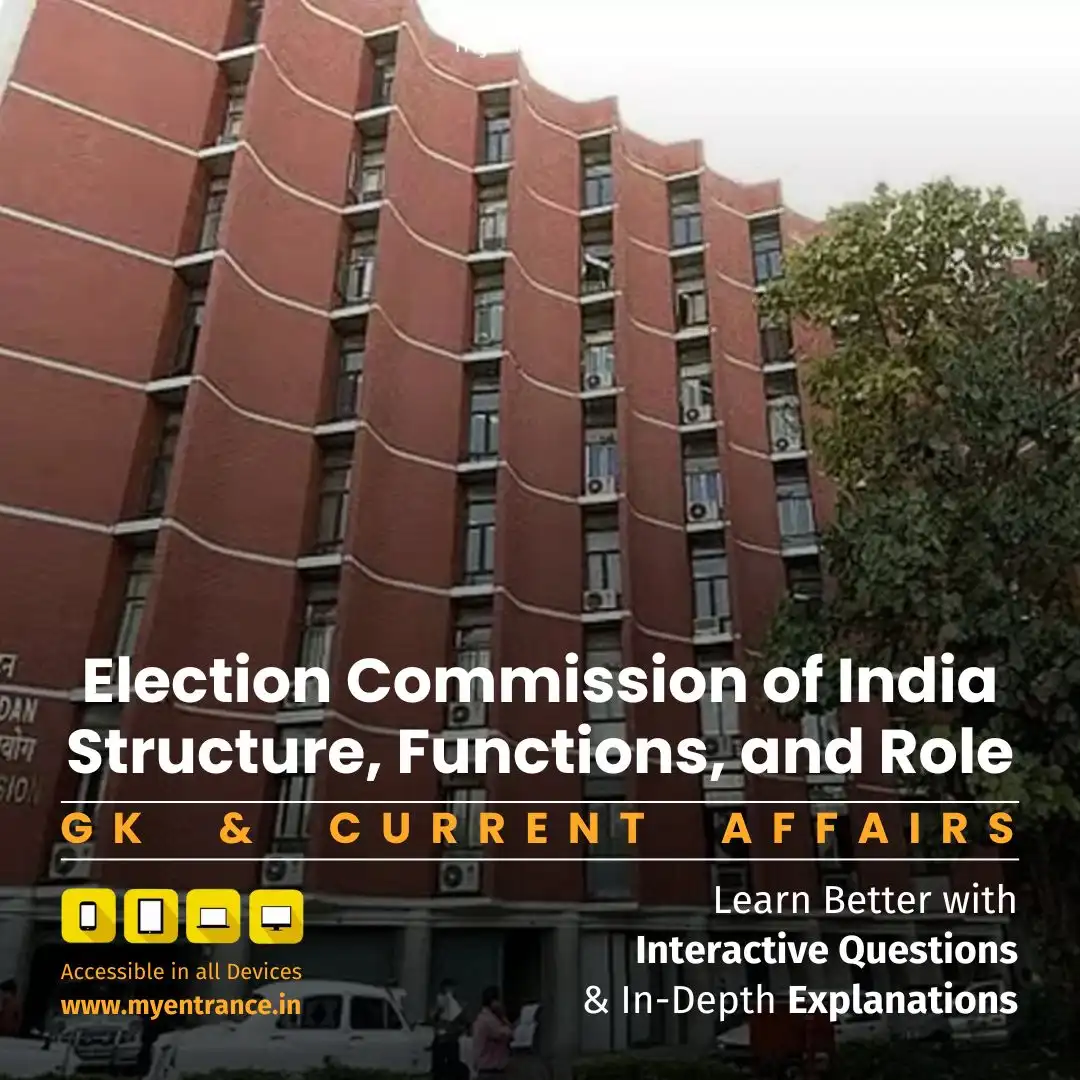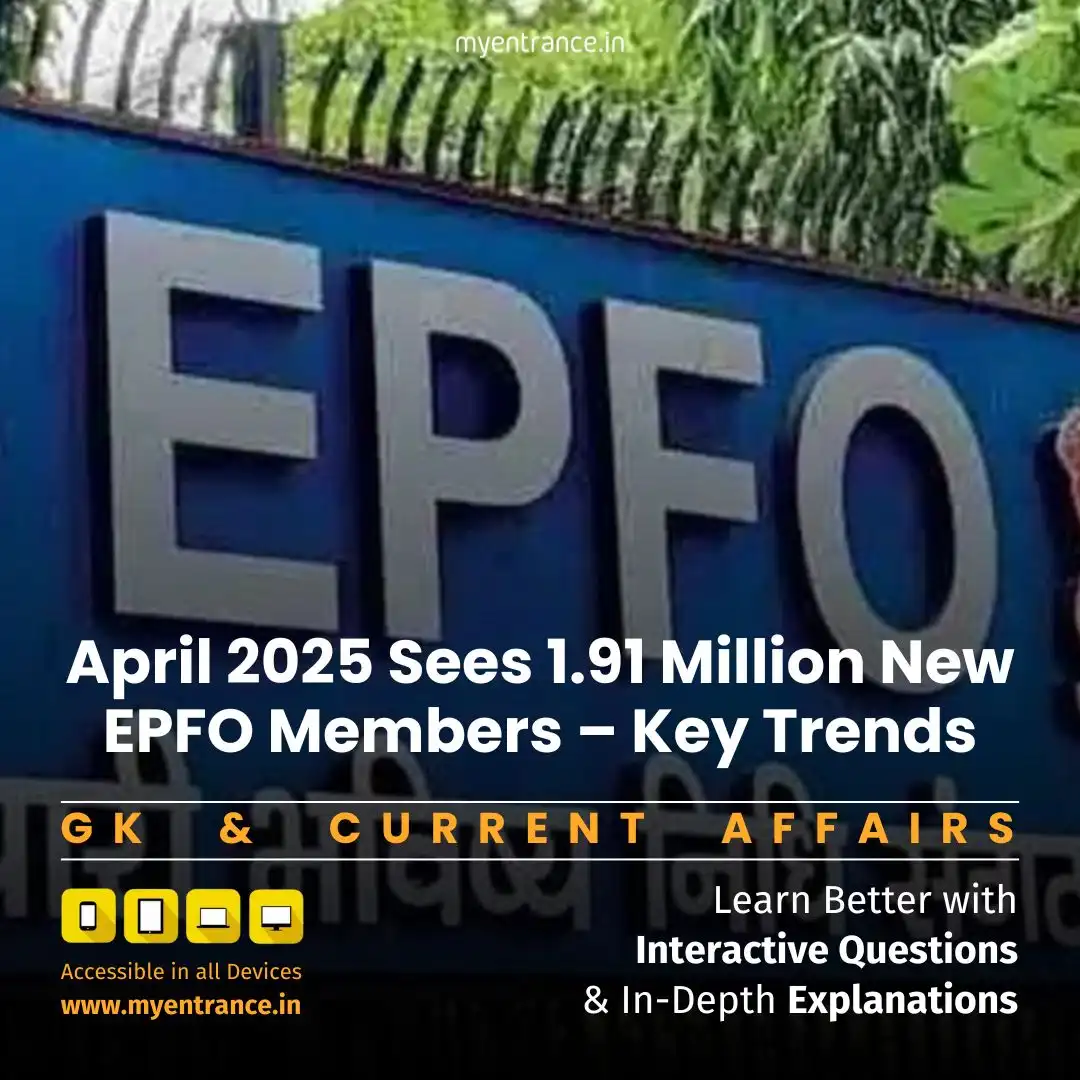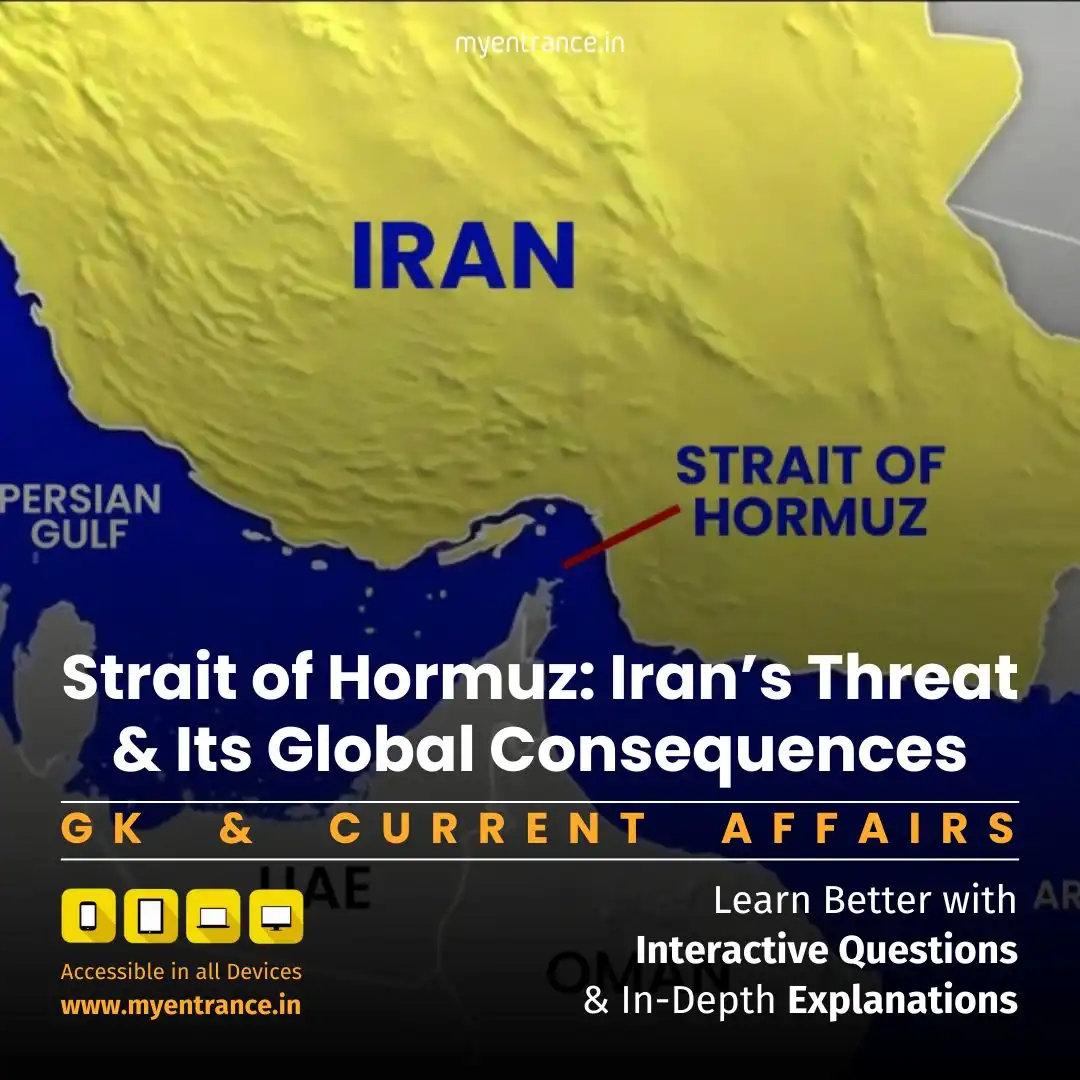Select Language
Is Our Universe Inside a Black Hole? Webb Telescope’s Stunning Discovery
What if everything we see—stars, galaxies, even ourselves—exists inside a black hole? New findings from NASA’s James Webb Space Telescope suggest that the early universe had unexpected patterns, reigniting a mind-bending theory about our cosmic origins.
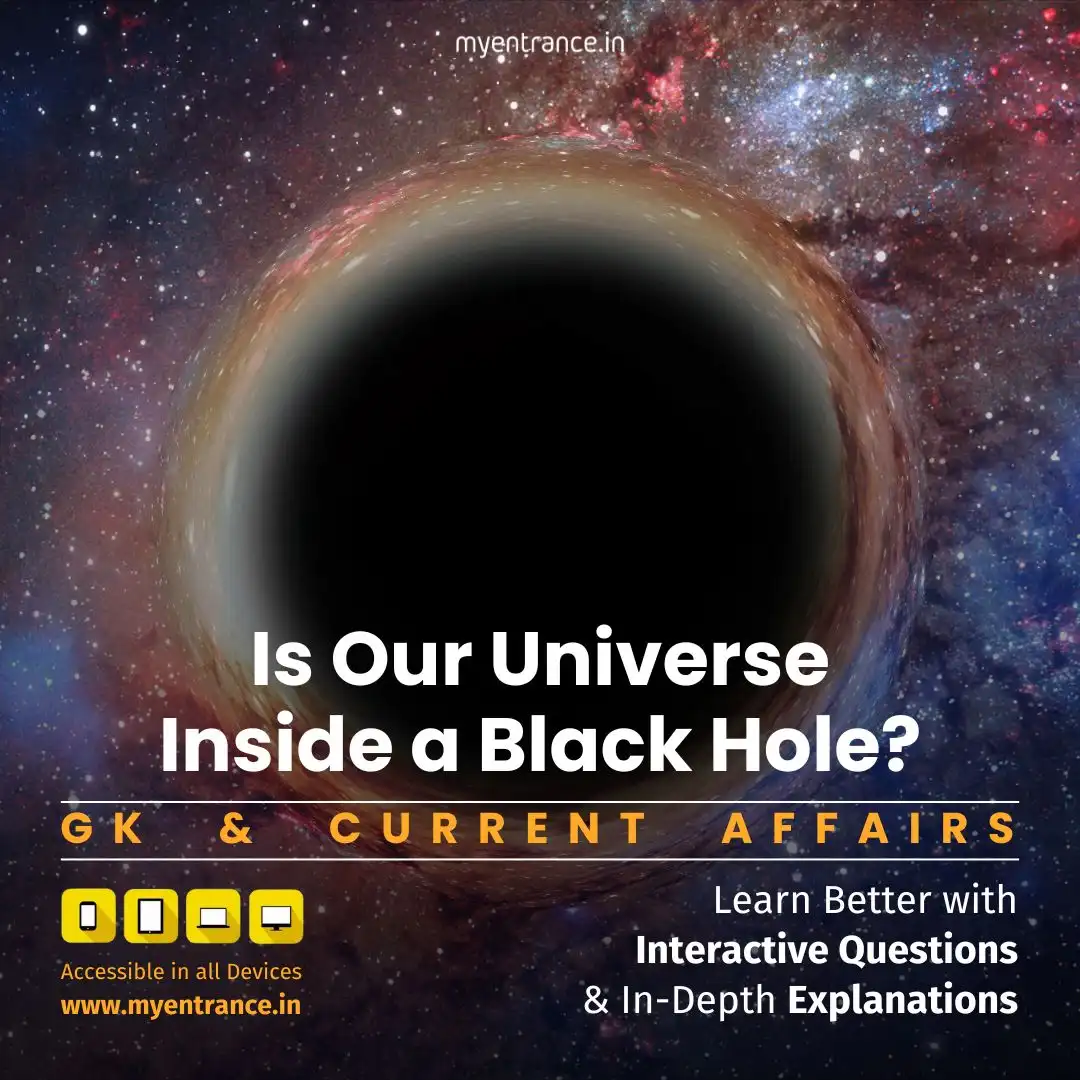
The Black Hole Universe Theory: Webb Telescope’s Shocking Findings
For decades, scientists have debated whether our universe could be the interior of a black hole. While it sounds like science fiction, recent observations from the James Webb Space Telescope (JWST) have given this theory fresh credibility.
The Strange Alignment of Ancient Galaxies
JWST has detected hundreds of galaxies from just 300 million years after the Big Bang, but something doesn’t add up:
About 60% of these galaxies rotate in the same direction (clockwise).
This uniformity contradicts the random chaos expected after the Big Bang.
Such alignment suggests an underlying cosmic structure influencing their motion.
Could this hidden structure be the spin of a supermassive black hole containing our universe?
How Black Holes Could Explain Our Universe’s Structure
Black holes form when massive stars collapse, creating a singularity surrounded by an event horizon—a point where nothing, not even light, can escape. If our universe resides inside a black hole:
It could explain the universe’s smoothness and symmetry.
The fine-tuning of physical constants might be a natural consequence.
The cosmic microwave background (CMB) could be radiation from the black hole’s boundary.
The Cosmic Fog and Ionization Mystery
In its infancy, the universe was filled with a dense fog of neutral hydrogen gas. Over time, this fog cleared as the gas became ionized (electrons stripped away). Some scientists propose that this transition aligns with the idea of a black hole universe, where:
The event horizon acts as a boundary for our cosmos.
The expansion of the universe mirrors the stretching of space near a singularity.
Skepticism and Alternative Explanations
Not all researchers are convinced. Possible counterarguments include:
Observational bias (are we seeing a real pattern or just a coincidence?).
Redshift distortions affecting galaxy rotation measurements.
Doppler effect anomalies creating false alignment.
Still, if further JWST observations confirm this trend, it could rewrite cosmology as we know it.
Sample Questions & Answers (FAQs)
1. Could our universe really be inside a black hole?
While still speculative, the unexpected alignment of ancient galaxies suggests a possible organizing force—like the spin of a super-massive black hole. More data is needed, but the theory is gaining traction.
2. How does the James Webb Telescope support this theory?
JWST found that early galaxies rotate in the same direction, defying the randomness predicted by the Big Bang. This hints at a larger cosmic structure influencing them.
3. What would a black hole universe explain?
The uniformity of the cosmic microwave background.
The fine-tuning of physical laws.
The rapid expansion of the early universe (inflation).
4. Are there other theories for the galaxy alignment?
Yes—some scientists suggest instrumental errors, redshift effects, or local gravitational influences could mimic this pattern.
5. What’s next in this research?
Astronomers will study more distant galaxies to see if the rotation pattern holds. If confirmed, it could reshape our understanding of the Big Bang.
Most Predicted Questions
Comprehensive study materials, Expert-guided tips & tricks, Mock tests and instant results.
Start your SSC, NIFT, NID, FDDI, PSC journey today with MyEntrance, your ultimate online coaching platform.


